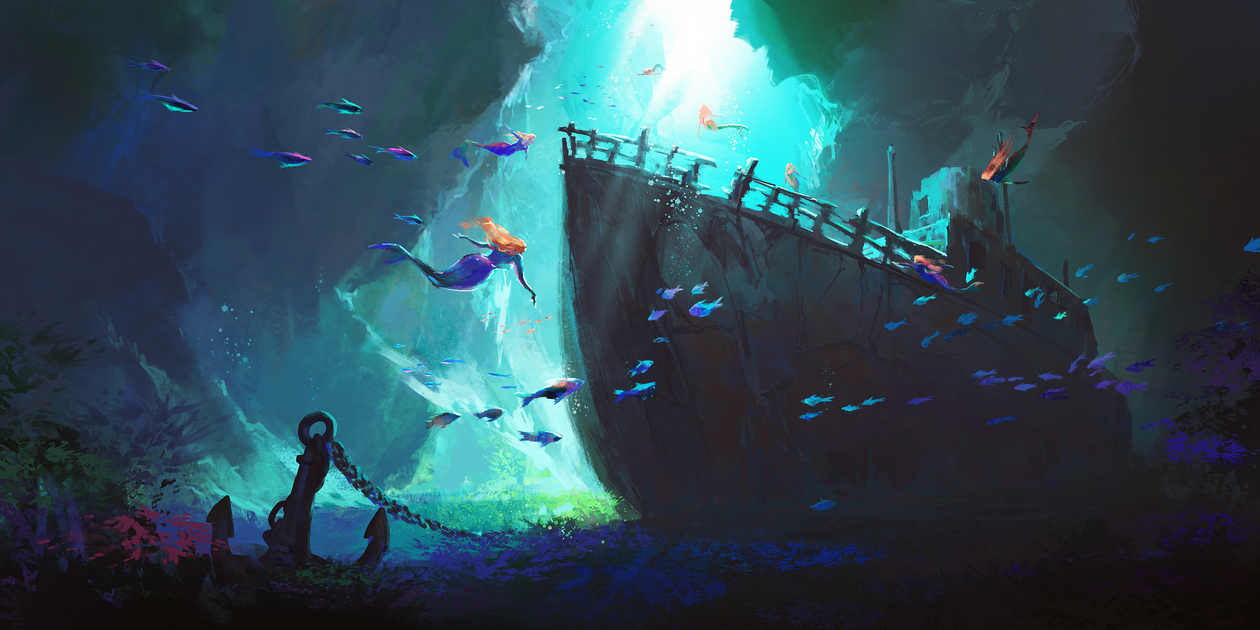Creative ways to support your child's mental health
by Cara Lorrimer on Feb 5, 2021
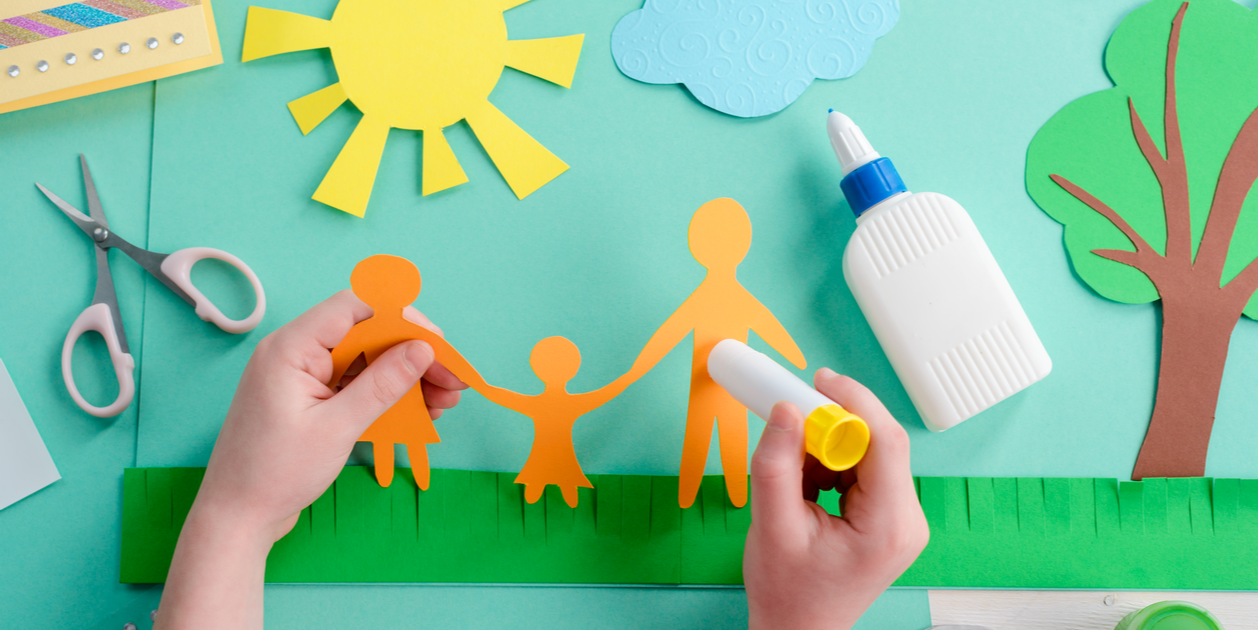
Adults don’t have all the answers
We are living in a world full of unknowns, especially in this era of Covid- 19. Children are often used to adults providing answers to important questions or helping them find the answers out. The world we live in changes from one day to the next and the adults can no longer provide the answers. The adults are equally as confused, fearful and worried. What is that like for our children and young people that we care for or work with?
On top of that, we add to the mental health stirring pot; health worries, illness, bereavement, isolation, social pressures and the pressure to keep up with academic work. We are living in a world where nothing is certain and children and young people are feeling increasingly anxious, depressed and unable to take in new information, learn or form and maintain positive, meaningful relationships. You might notice more risk-taking behaviour, more hiding in bed or low energy, more volcanic eruptions of anger or fear.
Creative arts for mental health
Our children and young people are becoming wired for stress and survival during important development stages, which can have long term effects on the brain. Neuropathways are developing at this time, so it is important to provide opportunities for healthy neuropathways to develop, too. This is where the creative arts can come in useful. Parents, carers and teachers can help by utilising the creative arts as an effective tool to improve coping mechanisms and self-regulation in times of stress, in order to promote healthy brain development and sense of well-being.
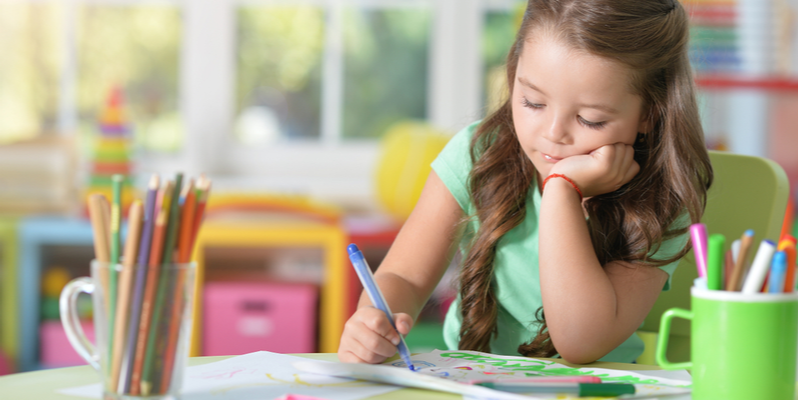
The creative arts are an accessible and inclusive way of maintaining a sense of wellbeing and expressing internal worlds. It’s something that can be done anywhere, with lots of little resources; with Lego, puppets, toys, paint, playdough, clay, collage, crayons, inks, sketch-pencils or biro. Even outdoors, with things found in nature, such as stones, sticks, leaves, shells and pinecones. The creative arts can be a tool to use for self-regulation, self-understanding and self-compassion. It is a hugely powerful way of communicating our experiences, to grow and to heal.
"Through creativity and imagination, we find our identity and our reservoir of healing. The more we understand the relationship between creative expression and healing, the more we will find the healing power in the arts."
Play and the arts can be the common language for children. It is a language to be used when the words or means of expression cannot be found; to replay and process feelings, thoughts and experiences. Creative expression has been highly valued by medical professionals, as highlighted by H.L Stuckey from the US Institute of health in the quote above.
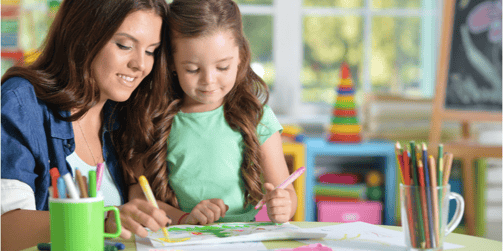
What is creative art therapy?
I write this post as an Integrative and Humanistic, Creative Arts Therapist, who works with children and young people, up to the age of 18. I trained at the Institute of Arts in Therapy and Education and am a member of the British Association of Counsellors and Psychotherapists. I have many reasons for client referrals from bereavement and adverse life experiences to general anxiety, trauma, ASC, ADHD, self-harm and school and social pressures.
Using creative art resources
I utilise many resources with my clients, subject to what they choose or bring to sessions. Sometimes, the arts are used as a brief tool to show me something, so I can understand through my client’s eyes. Sometimes the client chooses to engage with the arts through the entire session and even in-between sessions, to help the process.
Creating a safe space to control
In a world where so much is out of our control, space, where we make art and creativity is something we can fully control. When the unplanned does happen in the creative process (and it does) this provides a chance to become aware of those critical voices we have internalised and an opportunity to challenge them, with guidance and holding from the therapist. This can be helpful to build resilience, empowerment and positive self-esteem.
Can creative therapy take place online?
Most therapists have moved to online therapy due to it being the safest way to provide help in times of the pandemic. Protecting our clients is a top priority for all therapists and counsellors. Many of my colleagues ventured into online work sceptically, believing nothing would match their face-to-face work. However, they’ve quickly come round to my way of thinking – understanding that for many children, online therapy is actually more effective and gives just as much scope for creativity.
Online resources create new opportunities
Online art therapy is a great way to help children explore their inner worlds creatively. For example, when I’m working with children using Mable, I’ll use the canvas so we can both simultaneously add characters and backgrounds and discuss how the characters feel in different situations. Sometimes we’ll create virtual worlds, where we can delve into the unconscious and explore metaphor, or we’ll create a virtual sand tray where the child can add characters, scenes and objects.
Online therapy can be very suited to young people, preferable in fact, more than some adults can comprehend. One young person explained;
“Young people are like sea-lions. On land they are clumsy but in the sea, they are safe and free. For young people, the internet is like the sea; a comfort zone.”
Creative arts can reduce stress
The therapy session’s purpose is to be boundaried, safe and confidential, going in-depth into metaphors. The therapist will have extensive training and clinical supervision to provide treatment plans and strategies based on theory. However, practising the arts in the everyday has been found to reduce stress hormones and promote a sense of well-being, which can be a useful tool for parents, carers, and teachers.
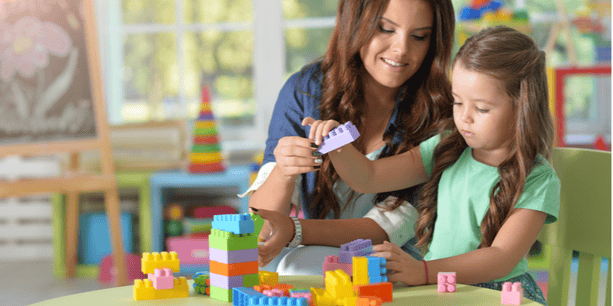
5 tips to help you facilitate using the creative arts with your children and young people
1. Remove judgement
How many times have you said or heard; ‘I’m just not good at art’ or ‘I’m rubbish at drawing’? These are the statements I hear most often when introducing the arts to new clients. Some may be daunted by the idea and even resistant because of this thought process.
Where do you think that inner-critic voice comes from? We think this way because even though we are creative beings (we create with our words, our actions, our thoughts, our clothes, our homes, our cooking), creativity becomes assessed at an early age; marked, compared with the person next to us, praised, put on the wall, on the fridge, put in the bin. We have learnt technical drawing, rather than a means of expression and whilst this is a valuable skill to have, we need to unlearn that way of art-making, to practice art for art’s sake.
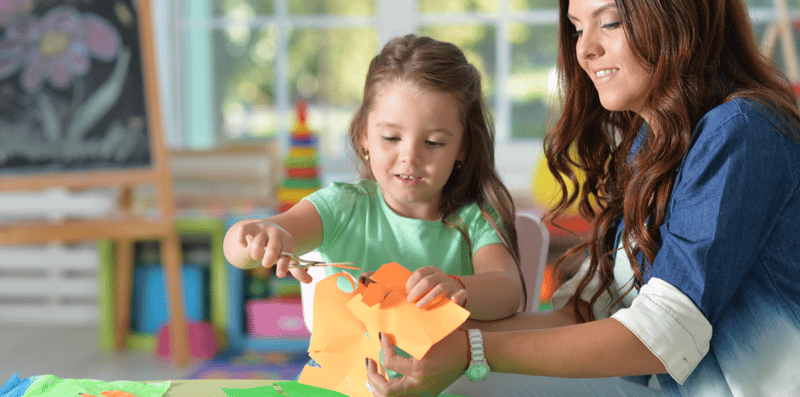
With clients, I make it really clear in the first session, there will be no judgement in this space, and I reinforce that throughout the therapeutic process. No one will be saying “that’s so great” or “you could do that better”. We internalise the past voices to the point where we start to believe them. If you are told you are bad, you may never try it again. If you are told you are great, you may feel the pressure to always be great.
When I’m working with a child who finds it is difficult to engage with the arts, we’ll use the canvas to play activities such as scribble drawing to a favourite song, using abstract shapes or playing a Pictionary style game. These can all be done easily using a notepad and pen and are a great way for parents to dip their toes in the creative water.
2. Observe and be curious
It takes practice to move away from judgemental statements. What can be helpful for a facilitator, is to observe what the young person is doing and to be curious about it. For example, if a young person is drawing a house, simply say what you notice; “I notice you have 4 windows, a red roof and you have drawn a very lush garden with a big tree”. Then you might be curious about it too; “Who might live in a house like this?”, “Where might this house be?”, “What might happen inside this house?”. If they are playing with playdough, “What does it feel/smell like?”, “What does the colour remind you of?” and observe, “You are really squishing /squeezing /rolling it”.
When things do not go as planned, we can either be critical of ourselves for making a mistake, or we can build resilience and adapt to the unplanned change, looking at how to fix the mistake or just being comfortable in going with it. When your child is distressed, it might help to notice, “I can see how important it is to you to get it just right” and naming the emotion; “I can see how frustrating it is for you that it’s not going as planned”. This will help validate the child’s experience.
When a child or young person shares something with you, it is an honour. Point out how they took the time to do something, how important it was to share it with you and how hard they have tried. These kinds of observations and curiosities will let your young person know that you are interested in what they are doing and are comfortable exploring with them and being present with them.
3. Be present
It can be challenging when we have so many distractions at home or at work, but a minute of face-to-face attunement and interest, without the TV on or phones/tablets around, can be invaluable to strengthen bonds as well as produce dopamine and counterbalance stress hormones in the brain and body. Being present means actively listening to your child or young person when they are sharing or making with you. Understandably, it may not be possible or desirable to be right next to your child or young person throughout the activity and realistically, may not be what your child necessarily wants. Some teens may want to keep their creative processes private.
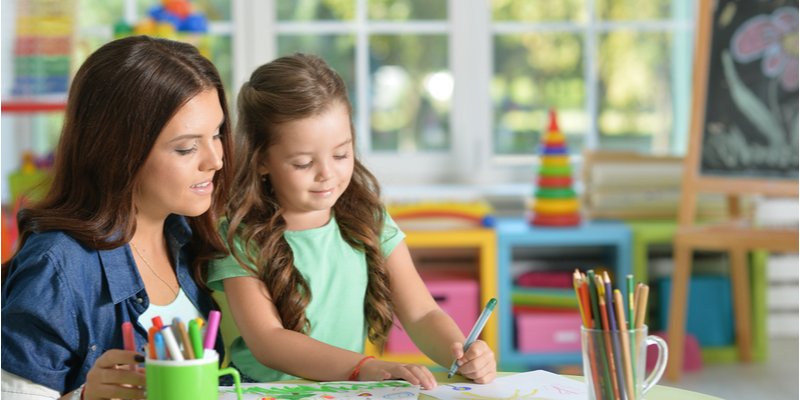
For younger children, it might be helpful to create alongside them. Not only are the creative arts effective for children but adults too! Co-creating also provides the child with some safety and security. You will be actively modelling how to bounce back from when things go unplanned. Remember not to be outwardly judgemental of your own work, though, as the child will pick up on this. For older children and teens, being present may mean checking in with them before and after the activity to see if they wish to share anything with you. This will let them know you are interested, and they are important.
For older children and teens, being present may mean checking in with them before and after the activity to see if they wish to share anything with you. This will let them know you are interested and they are important.
4. Utilise what you have
When I’m working online the art resources are limitless, but I’m also a school’s counsellor. Often when I start work with a new school I’ll find their resources are low, but basic pencils, crayons, or pens are enough for us to do some great therapeutic work. When these are hard to locate, especially in times of lockdown, there are many free draw and paint programmes online, as well as recipes for playdough, salt dough and (dare I say) slime.
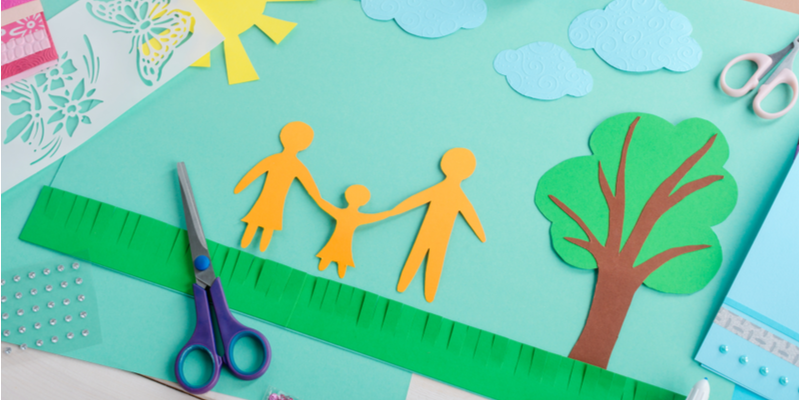
You can find objects and resources all around you. You may have old clothes or fabric to cut, or old toys to create a scene with. A friend recently collected some pebbles from Brighton beach for me and we sat decorating them with acrylic paint pens one evening. Shells are also wonderful to use. You can also find many natural materials out in green spaces, local to you. Using the environmental arts can be done outside or indoors.
There are loads of ideas available online for using the environmental arts. One of my favourites is mandala making, outside, using leaves, stones, ferns, twigs, conkers and anything else you can find. You can make garlands or take bits home to stick and collage. The possibilities are endless if you are resourceful!
5. Have fun and be playful!
As I mentioned, play at any age is an important factor in achieving and maintaining a healthy mind. Play is literally defined in the Oxford English Dictionary as, ‘engaging in an activity for enjoyment rather than a serious or practical purpose’. Play can take the form of many expressions, whether it’s singing in the shower, engaging in sport, dancing in the kitchen or hanging out with friends, online or in person.
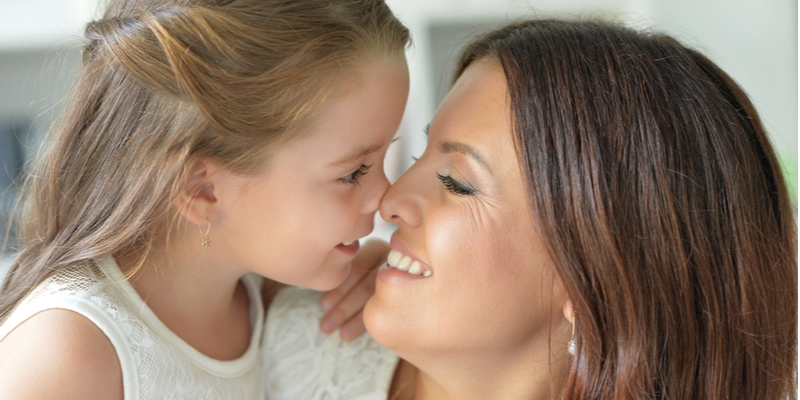
Engaging in activities purely for enjoyment can be difficult for some people. Those judgemental voices can filter in again – ‘make yourself useful, work hard, don’t be silly, behave yourself etc. When you remove the judgement, you remove the feelings of shame and your child or young person will have the opportunity to engage in a ‘flow state’ – meaning being fully immersed, energized, focused, fully involved and enjoying the activity – which results in self-reward. A flow state can help enhance brain function, raise serotonin levels and help regulate the nervous system.
"Art is our one true global language. It knows no nation, it favours no race and acknowledges no class. It speaks to our need to reveal, heal and transform. It transcends our ordinary lives and lets us imagine what’s possible."
- General mental health (35)
- General Speech & Language (32)
- School Issues (26)
- Counselling (24)
- Primary Schools (24)
- Classroom Behaviour (23)
- Anxiety (22)
- Speech and Language Therapy (22)
- Absenteeism (20)
- SENCOs (20)
- Safeguarding (17)
- Secondary & Sixth Form Schools (16)
- Social Communication (16)
- Funding (14)
- MATs (14)
- Generalised anxiety (13)
- Autism Support (10)
- Language Delay/Disorder (10)
- Relationship Issues (10)
- SEMH (10)
- ADHD Support (7)
- Speech Sounds (7)
- AAC (6)
- Autism (5)
- Hearing Impairment (5)
- Depression (4)
- Selective Mutism (4)
- Anger (3)
- Cleft Lip/Palate (3)
- Downs Syndrome (2)
- Ofsted (2)
- Phobias (2)
- Stammering (2)
- Loss (1)
- Self-Harm (1)
- Suicidal Thoughts (1)
You may also like
These related stories
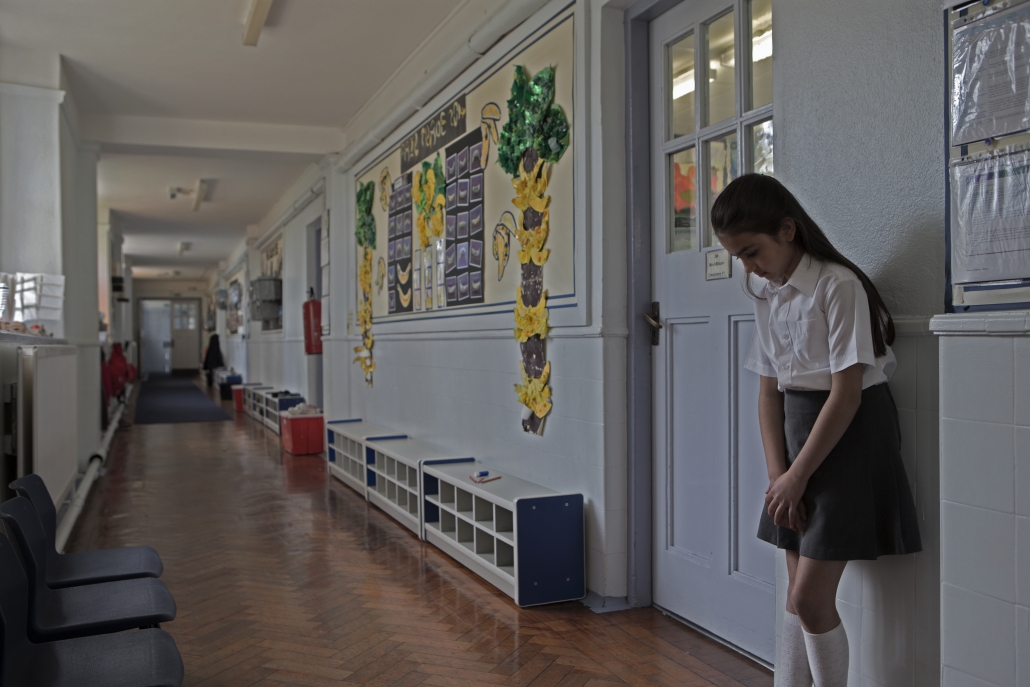
The Forgotten Children Scandal – A Review
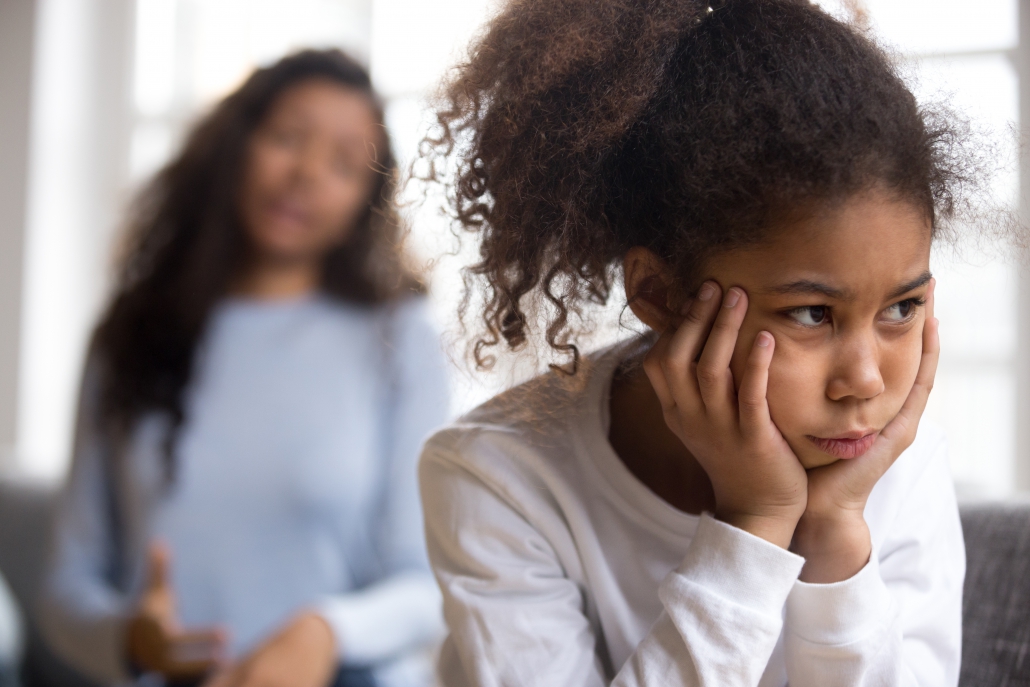
Why is my child so angry? The lockdown effect.
